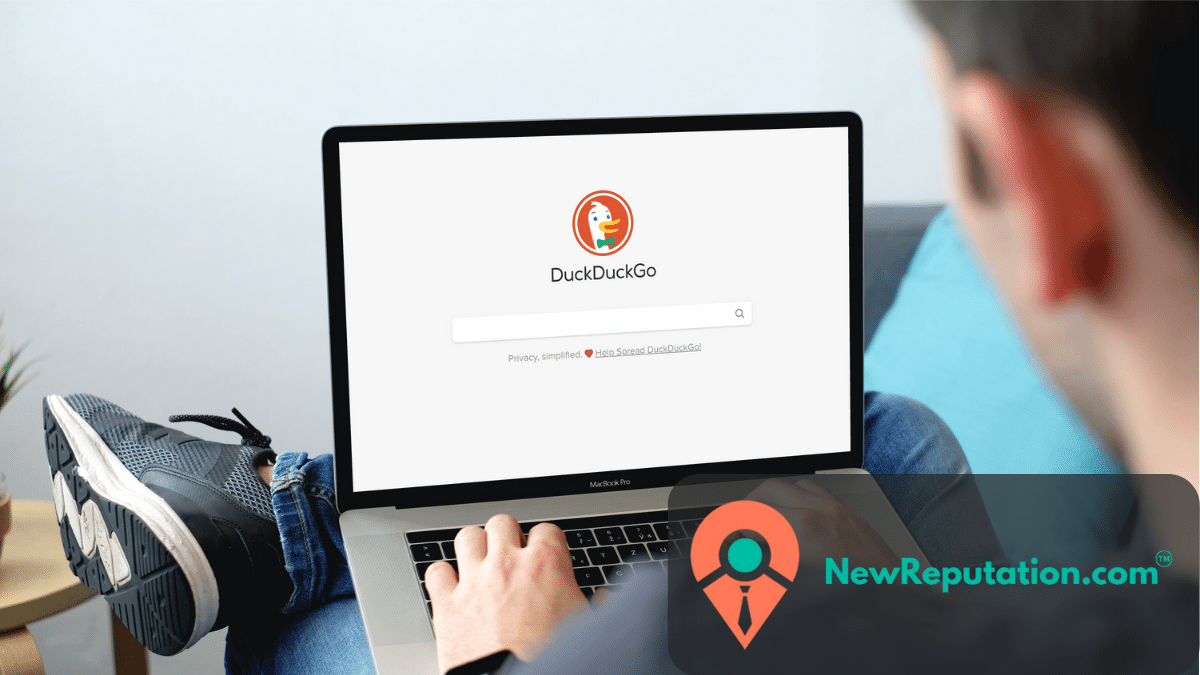Cleaning Up Your Online Presence: 9 Steps for Success
The internet is a double-edged sword. While it offers incredible information and connection, it also creates a permanent record of our online lives, often called our "digital footprint."
This footprint can be beneficial, showcasing our skills and accomplishments, but it can also be detrimental, harboring outdated or potentially damaging information.
So, how do we take control of our online identities and present a curated, professional image?
This comprehensive guide will equip you with the knowledge and tools to clean up your online presence and reclaim your digital self.
Step 1: Audit Your Accounts
The first step is to understand the scope of your online footprint.
Beneath the surface of your carefully curated online persona lies a digital graveyard, potentially harboring over 100 forgotten accounts.
Yes, you read that right. The average person has 96 online accounts, many inactive or forgotten.
These lost accounts – old MySpace profiles, abandoned forums, and dormant dating profiles – clutter your online presence and pose potential security risks.
A 2023 survey found that 72% of internet users are concerned about online privacy, with data breaches and identity theft being significant anxieties.
Step 2: Delete and Deactivate
Once you have your list, it's time to take action. Start by deleting any accounts you no longer use or that no longer reflect who you are. This includes outdated social media profiles, inactive forums, and unused online subscriptions.
Deactivation, the often-overlooked hero of online cleanup, can be your secret weapon. While deleting eliminates your account entirely, deactivation cloaks it in a digital invisibility cloak, making it harder for search engines and prying eyes to find. Think of it as putting your past profiles in witness protection – they're still there, but they've got a new identity and a lot less street cred.
Deactivate accounts you might want to keep but don't want readily searchable. Remember, deactivation doesn't guarantee complete removal, but it can help reduce your online visibility.
Step 3: Removing Information from Search Results
Google receives a staggering 30,000 requests per day to remove search results.
But here's the secret sauce: Google's tool is for more than just obvious stuff like addresses. You can request the removal of embarrassing teenage photos (82% of people regret online posts by age 21!), outdated news articles, and even revenge porn, a growing issue affecting 1 in 25 adults.
Persistence is critical, though.
Only 60% of requests are granted on the first try, so be prepared to send follow-up requests armed with clear explanations and supporting documents.
Step 4: Contact Site Owners Directly
Though Google's removal tool is a powerful ally, it's not a magic wand.
Studies show that while 73% of removal requests to Google are successful, the information often remains untouched on the original website, essentially playing hide-and-seek with your privacy.
Imagine this: Google removes a picture from search results, but it's still lurking on a forum you haven't touched in a decade. It may also be visible on other search engines with a less strict privacy policy, like Bing and Yahoo.
That's why contacting site owners directly becomes crucial.
This personal approach might feel daunting, but research suggests it's surprisingly effective. A recent survey by the Pew Research Center revealed that 58% of website owners were receptive to removal requests, highlighting the human element in online data.
Step 5: Set Up Google Alerts
To monitor your online presence and stay ahead of any new information popping up, set up Google Alerts.
Google Alerts isn't just for your name.
Think beyond the obvious and set alerts for variations of your name, nicknames, and even your street address (yes, it's publicly available in many places!).
You can even track mentions of your professional titles, brand names, or even that embarrassing college band you were in (it's still out there, trust me).
Imagine getting an alert about a surprise job offer or a sudden news article about your 4th-grade teacher – Google Alerts makes it all possible. This way, you'll be notified whenever your name appears on a new website, allowing you to take proactive measures.
Step 6: Update Privacy Settings
Now, it's time to tighten your online security and privacy. Review and update the privacy settings on all your active online accounts.
Did you know Facebook alone has over 500 privacy options?
Buried within the labyrinthine privacy menus of social media giants lies the "Friends of Friends" setting, silently broadcasting your connections to anyone who interacts with your close circle. This is just an example.
Imagine the potential consequences: a college recruiter stumbling upon your party pics from three years ago or a potential employer discovering your cousin's controversial blog posts.
Taking control of these hidden settings is like pruning your digital family tree, ensuring only the branches you want are visible to the online world.
Regularly revisit these settings to adapt to changes in platform policies and maintain a secure online presence.
Step 7: Use Secure Tools
Further, enhance online privacy using secure tools like a VPN and an untraceable email address. A VPN encrypts your internet traffic, making it difficult for anyone to track your online activity. ProtonMail is a popular option for secure email, as it offers end-to-end encryption and doesn't require a phone number for signup.
Step 8: Go Private with Your Browsing
Switch to a privacy-focused web browser like DuckDuckGo. Unlike traditional browsers, DuckDuckGo doesn't track your browsing activity or collect your personal information, offering a more secure and private browsing experience.
Step 9: Seek Professional Help
For more complex online reputation issues or if you need help navigating the removal process, consider seeking assistance from a professional online reputation management service. Companies like NewReputation specialize in helping individuals and businesses manage their online presence and build a positive online reputation.
Conclusion
Remember, cleaning up your online presence is an ongoing process.
Regularly audit your accounts, update your privacy settings, and stay vigilant about new information appearing online. By taking these steps, you can take control of your digital identity and present yourself in the best possible light to the online world.
Share this
You May Also Like
These Related Stories

How to Repair Your Online Reputation

How to Clean up Search Results on Google


